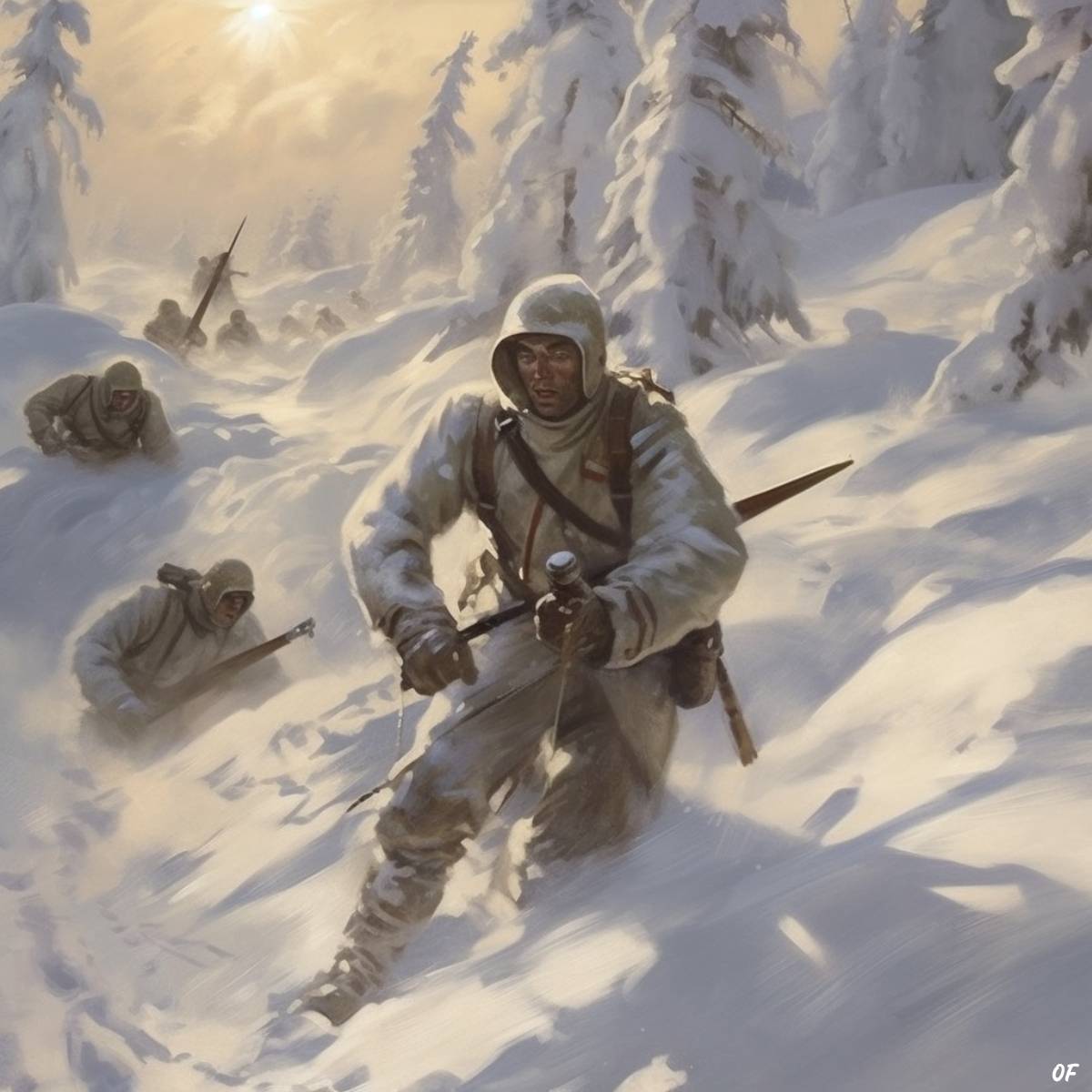During World War II, Finnish soldier Aimo Koivunen overdosed on crystal meth. Lost and alone in a frozen forest, this overdose saved his life.
Picture the scene: a group of soldiers is patrolling a stretch of the Arctic Forest, a hostile landscape of freezing temperatures and untouched snow. The soldiers are wearing skis, goggles, fur-lined coats, and one is carrying a bottle of crystal methamphetamine pills.
Out of nowhere, the soldiers are ambushed by a squad of Russians. In a state of panic, one of them decides to swallow the contents of the bottle—a supply of pills that should have been enough for 30 men. That soldier’s name was Aimo Koivunen, and this is the story of the drug overdose that helped save his life.
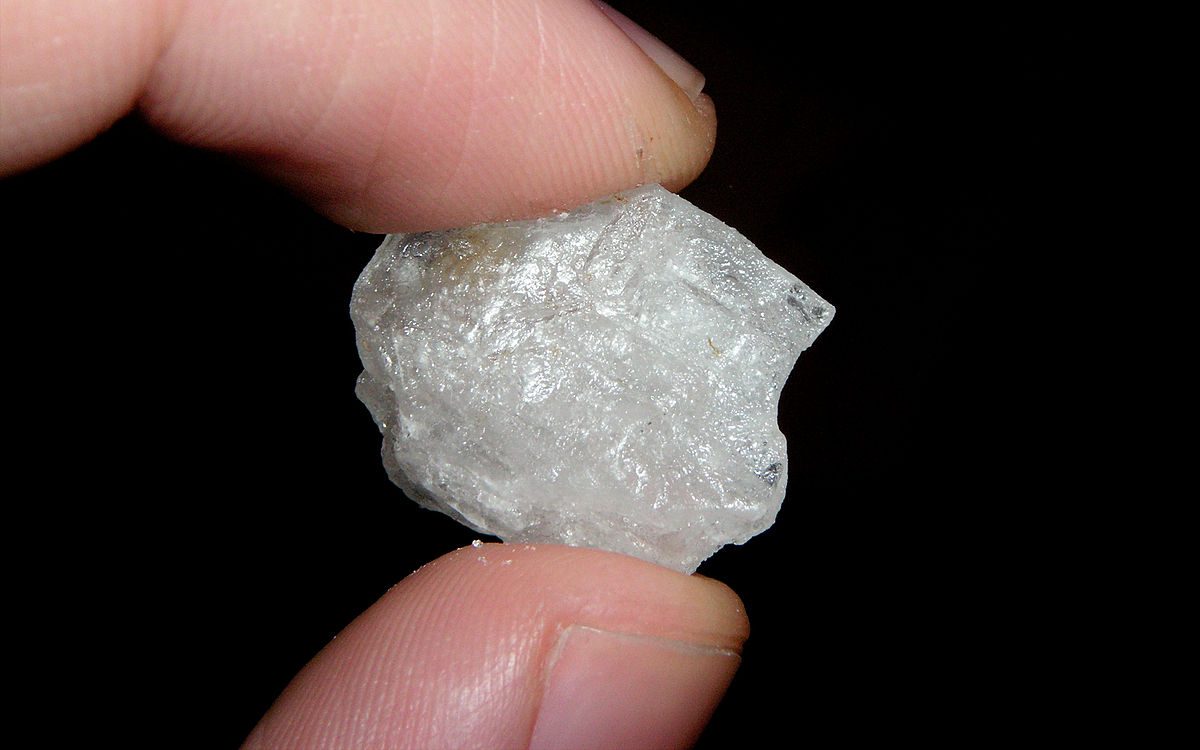
The Winter War
During World War II, Finland allied with Nazi Germany. No love was lost between the Finns and the Nazi regime, but they hoped that an alliance with the Nazis would help protect them against the greater threat of the Soviet Union. In other words, it was a marriage of convenience—Finland and Germany shared a common enemy.
In 1939, the Finns and the Russians went to war, clashing in snowy fields and frozen forests on the border between the two countries. There was a brief respite in 1940, after which tensions continued until 1944. The Germans sent men and weapons to support the Finnish soldiers, as well as something else: a steady supply of methamphetamines.
Military meth
Under the Nazi regime, crystal meth (methamphetamine) was a popular drug. In those days, it was known by a different name: Pervitin. According to the bottle, Pervitin pills were an “alertness aid” that helped “maintain wakefulness.” It gave its users a burst of energy, which was perfect for exhausted soldiers, as long as they were lucky enough to avoid some of the side effects: hallucinations, delirium, blurred vision, and blackouts.
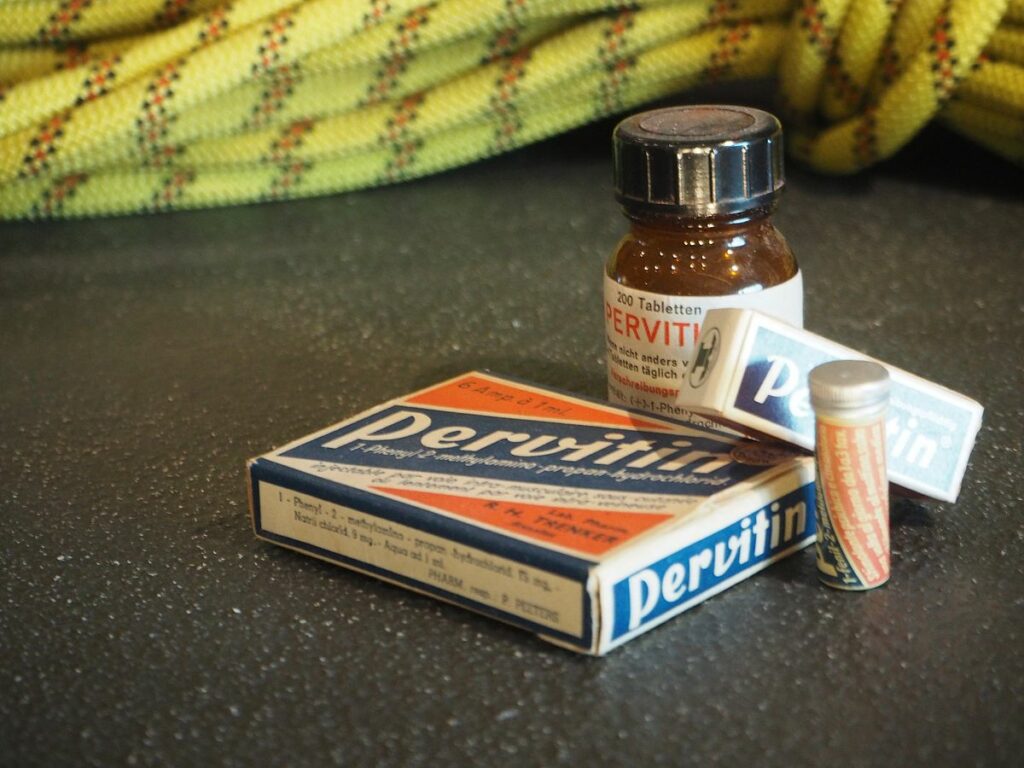
Adolf Hitler himself was a fan of Pervitin. His personal physician regularly injected him with the drug to invigorate him for the day ahead. Although he was a vegetarian teetotaler who prided himself on his clean lifestyle, he was often under the influence of methamphetamine and various concoctions of heroin, cocaine, and morphine, all administered by his doctor.
Finnish soldier: Aimo Koivunen
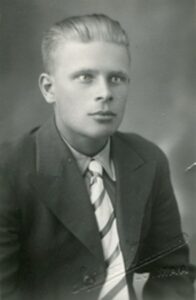
Aimo Koivunen was a Finnish soldier who fought for his country during World War II. In 1944, at the age of 26, he was posted to Lapland: a remote region of northern Finland known for its bone-chilling, freezing conditions. The region crosses the Arctic Circle and shares a border with Russia.
On March 19th, Aimo took part in a ski patrol. It was cold, exhausting work, and the squadron brought some Pervitin pills, just in case they needed a pick-me-up. Aimo was in charge of carrying the bottle, tucked safely in the pocket of his winter coat.
Soviet soldiers: an ambush
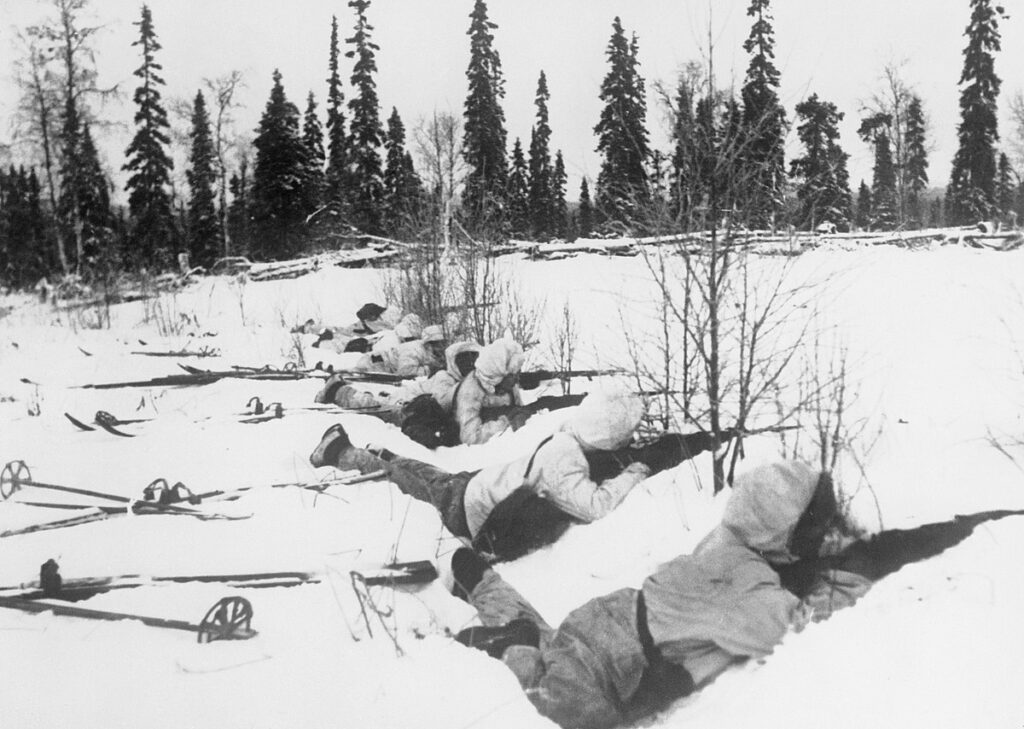
Three days into the patrol, Aimo Koivunen and the other Finns were attacked by a group of Soviet troops. A gunfight broke out, and the Finnish skiers were forced to stage a hasty retreat. They struck off into the forest, skiing as fast as possible.
Aimo found himself lagging behind. The last three days had left him exhausted, and he started to panic—what if the Soviet troops caught up with him?
That’s when he remembered the bottle of Pervitin in his pocket. He didn’t have time to stop skiing, so he opened the bottle on the fly, shaking energy pills into his hand. He only wanted a single pill, but he wore thick mittens, making his movements clumsy. The entire bottle of 30 pills spilled onto his hand.
Aimo didn’t have time to shove them back into the bottle. He could hear the Soviets behind him. Panicked, he stuffed the entire handful into his mouth, forcing them down with a painful gulp. Strangely enough, the word “Aimo” is Finnish for “generous amount.” When he choked down the entire troop’s methamphetamine supply, Aimo Koivunen certainly lived up to that name.
Meth-fueled delirium
It took a couple of minutes for the Pervitin to dissolve in Aimo’s stomach. Then he was seized by a rush of energy unlike anything he’d felt before. Zipping forward, he led the squad of skiers, setting a new pace for the rest to follow. He felt like a new man as he rode that wave of drug-induced zest and verve.
Then the side effects kicked in. The forest began to shift and morph, and he was gripped by a terrible sense of paranoia. Sweat ran cold across his face. He lost consciousness—a total blackout.
Somehow, despite all of this, his body continued to ski. Still riding the energy of the Pervitin pills, he skied so fast that he left the rest of the Finnish troops behind. He continued like this for hours, perhaps days, darting between the snowy trees without knowing what he was doing, where he was going, or even knowing his own name.
When he finally recovered his senses, he was lying on his back in a pile of snow. He had no food, ammunition, or friends and was hundreds of miles behind enemy lines.
Return to Finnish territory
Aimo Koivunen didn’t know where he was, but he did know one thing: he needed to get home as soon as possible. He started skiing again, still shivering and moving in and out of consciousness while battling waves of paranoid hallucinations.
He got into a fight with a wolverine, only later realizing it was actually a tree. He spoke to the ghosts of former friends. At one point, he thought he’d discovered some Finnish soldiers, but when he approached the camp, he realized it was actually another squadron of Russian troops. He skied away quickly, leaving behind some bewildered Russians and a settling snow cloud.
Not long after that, he stood on a landmine, and his right foot exploded in a mass of skin and mangled flesh, but Aimo was still so dizzyingly high that the injury barely registered. He continued onwards and managed to find some food. First, a Siberian jaybird, which he caught by hand and swallowed raw. Next, some pine buds—hardly the most nutritious meal, but in that barren forest, the only food he could find.

He survived like this for several days. Long, cold, meth-powered days. But eventually, the effects of the drug wore off. Fatigue gripped him, and his mutilated foot began to churn with pain. He collapsed into a ditch and closed his eyes, expecting to die.
Miraculous rescue
Remarkably, Aimo Koivunen didn’t die in that ditch. By chance, a Finnish soldier stumbled across his sleeping body. The soldier alerted the rest of his ski patrol, and together they formed a rescue party, carrying Aimo back to a nearby hospital. They got there just in time. The cold would have claimed his life if he’d stayed in that ditch for just a few hours longer.
The doctors were astonished by Aimo’s condition. His heart rate was 200 beats per minute, more than double the speed of a normal healthy heart. He weighed just 94 pounds (42 kg), and his foot needed urgent attention.
Nobody could understand how he was still alive, let alone how he had managed to ski more than 250 miles (about 402 km). The explanation, of course, was the crystal meth. Between the nightmarish stretches of sheer delirium, the drug had boosted his energy, repressed the pain in his foot, and dampened his appetite. Without it, he wouldn’t have survived.
Aimo’s retirement
After surviving this ordeal, Aimo Koivunen lived a long, happy life and died in 1989 at the age of 71. He raised a family, but according to his son, he didn’t talk about this amazing story very often and preferred to focus on the present: a peaceful, drug-free retirement.

